20 May 2020: Home Learning
Phonics
Practise saying the phonemes.
Phonics play – flashcard speed trials – phase 3
https://new.phonicsplay.co.uk/resources/phase/3/flashcards-speed-trials
Log in: march20 password: home
Words to read:
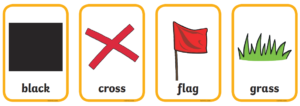
Phonics activity:
Read the sentence and draw a picture to match.
You must not tramp on the flowers
Maths

Literacy
Book of the week: Sharing a Shell by Julia Donaldson
Listen to the story of the week.
https://www.youtube.com/watch?v=VpJumAZx1t8
2. Why do you think it is important to share? How does it make you feel? How does it make your family feel? How does it make your friends feel?
Draw a picture of a time you shared with someone? Can you write a sentence about how you felt?
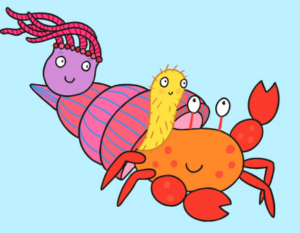
19th May 2020: Home Learning
Phonics
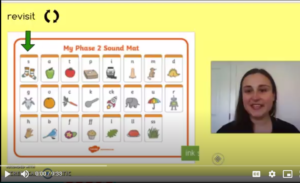
Maths
1. Watch the Numberjacks episode about sharing.
2.After watching the episode can you tell your grown up what it means to share fairly?
3.Can you count out 12 objects? Now can you share the objects fairly with your grown up? Can you share the objects fairly between 3 people?
Literacy
Book of the week: Sharing a Shell by Julia Donaldson
1. Listen to the story of the week.
https://www.youtube.com/watch?v=VpJumAZx1t8
2. Pass the shell.
· Find a shell or other object and ask your family to join you in a circle.
· Pass the object around your family – when you are holding the shell each family member has a chance to say why they are important? What are they good at? “I am important because…I am good at…”
· Look at the person next to you and tell them why you would miss them if you didn’t see them for a day. “I would miss…because…”
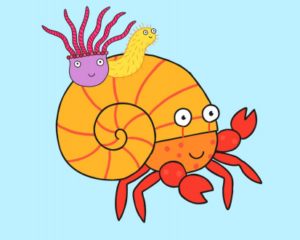
What do the chicks look like now?
Can your child guess what the chicks look like now? Click to reveal the answer. I wonder what they will look like as they start to grow more?
18th May 2020: Home Learning
Phonics
Practise recognising and saying the phonemes.
Phase 2 – https://www.phonicsbloom.com/uk/game/flash-cards?phase=2
Phase 3 – https://www.phonicsbloom.com/uk/game/flash-cards?phase=3
Words:
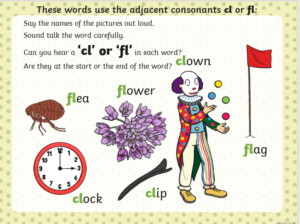
Phonics Activity:
Read the sentences. Can you spot ‘cl’ or ‘fl’ in any words?
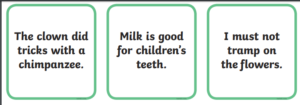
Maths
1.Count backwards from 20 using the song.
Oh no! The song seems to have forgotten the number 0! We talk lots about the number 0 being nothing but still being a number. Try to add the number 0 when singing the song.
2.Mathematical graphics – Can you draw 12 in different ways?
Things your child could draw to show 12:
- 12 candles on a birthday cake
- 12 circles
- Numberblock 12
- 12 yellow ducks
Challenge: Can you draw 12 by sharing fairly into two or three equal groups? For example, 3 plates each with 4 apples.
Literacy
Book of the week: Sharing a Shell by Julia Donaldson
1. Listen to the story of the week.
https://www.youtube.com/watch?v=VpJumAZx1t8
2. Tell a grown up what you think the crab and anemone learnt in the story?

Week 8: Home Learning Pictures
It has been another busy week for everyone in F2. We have particularly enjoyed reading your stories.

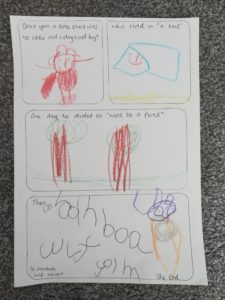
“A rainbow wolf came. He got stuck in the tree but people helped him down because he was friendly.”
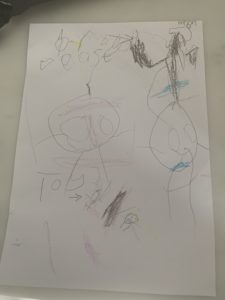
“One day they was a ultimate dragon who lived on the moon and it was a dragon beast. It was getting all the kids toys and eated (ate) their toys. It’s the end.” By Teddy.
Lorien has been busy creating a film/character review book. Who’s your favourite character and why?
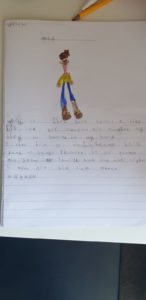
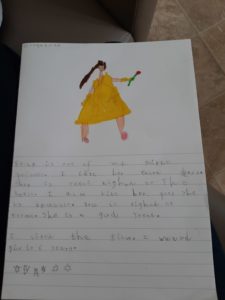
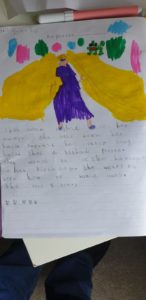


Comparing sizes:
“The snake is 238cm. I am 110cm.”
“The snake is long and thin but the rainbow dog is fat and big.”
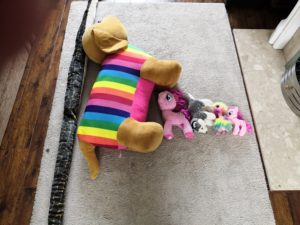
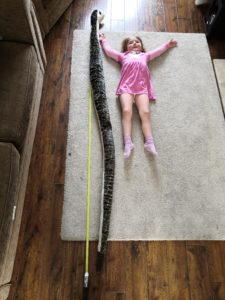
William has come up with his own number problem for you to solve:
I have 11 ice creams. I give 5 to my friends, how many have I got left?
We have also enjoyed seeing your VE Day celebrations as well as all the other activities you have been doing this week with your family.
- baking,
- den building,
- gardening,
- taking lunch orders,
- writing letters,
- making an ocean
- and even becoming explorers and conquering Mount Everest!
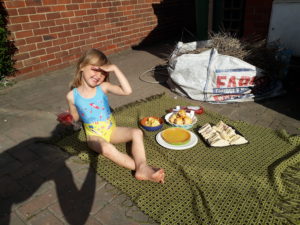
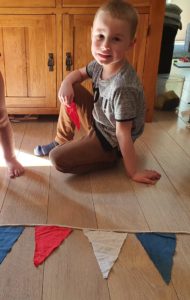
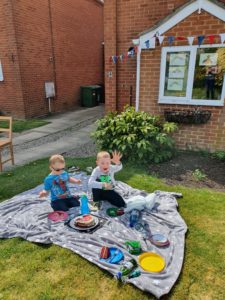
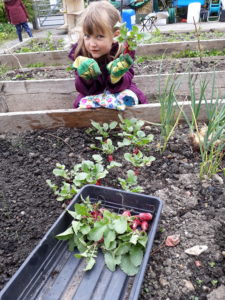
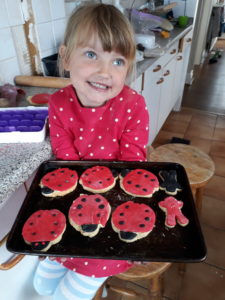
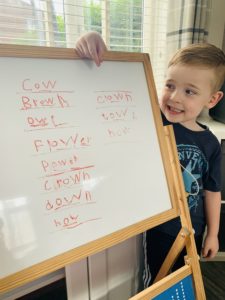
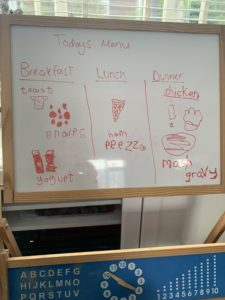
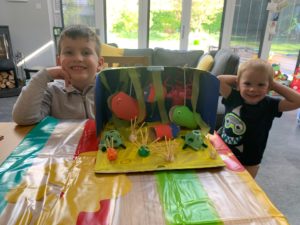
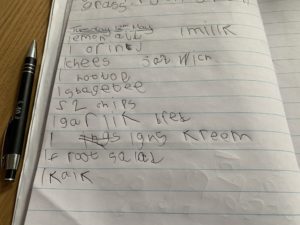
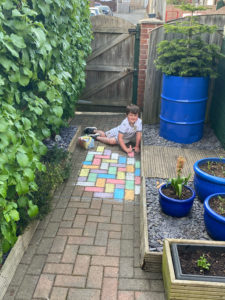
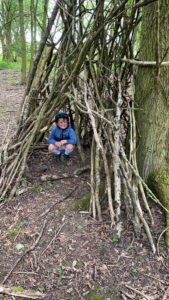
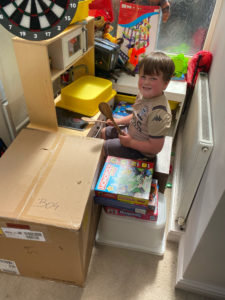
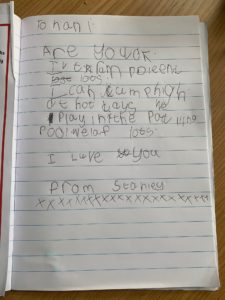

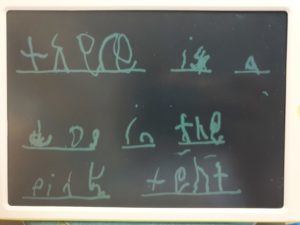

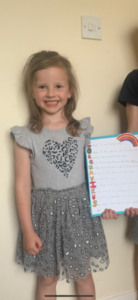
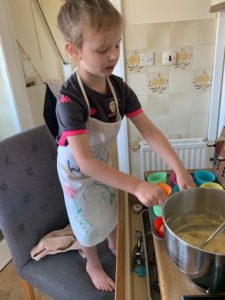
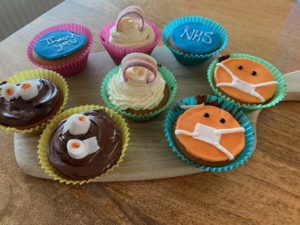
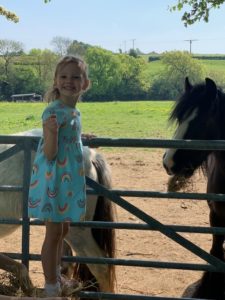
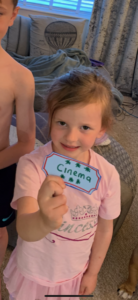
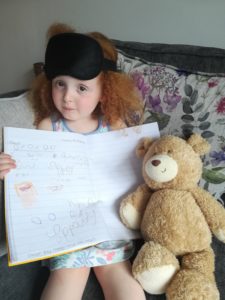
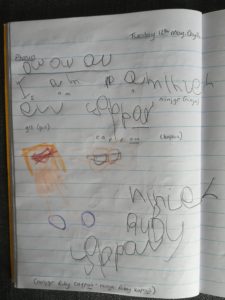
15 May 2020: Home learning
| Super Science! Exploring water…
Pouring, measuring, floating and sinking Choose from the following activities: · Find a bowl and selection of containers suitable for using in water pouring activities. These might include pans, jugs, empty milk containers, plastic mugs, etc. Ensure the water is at a safe temperature. Empty and fill containers with the water. Which container holds the most? How many cups of water go into the pan? How many does it take to fill an egg cup? By using a washing up bowl, or a large mixing bowl you will be able to keep the quantity of water down to a minimum to avoid wastage. Scoop the water from the bowl into the receptacles. · Try some floating and sinking activities. This doesn’t just have to be objects. You could see if sprinkled pepper floats on the surface, or salt, shampoo, vinegar, flour, etc. Then you could try coins, a Lego brick, a lolly stick, a key, etc. You might even build a little boat, or improvise with an empty butter tub and see how much cargo it can hold until it sinks. Can you count the items? Important vocabulary:
|
| Literacy Activity – Letter formation
Use the letter formation ditty’s to practise writing each letter of the alphabet. |
| Maths
|
14 May 2020: Home learning
| Phonics
|
| Literacy Activity – A map making treasure hunt!
Make a map of a room, the inside of your house, or your garden. Write the names next to the different objects and areas on your map so that people can see where to go- you might even want to write sentences as clues for example; ‘On top of the desk’. You might want to add x marks and hide your favourite toys or other items for your grown-ups to find! Your map might look a little something like this…
|
| Maths Activity – comparing size
Choose from the following activities- (you might even want to try a few over the next few weeks!): • Find your dolls, teddies, play figures etc. Line them up from the tallest to the shortest.
•Use a spoon as a measuring device. Go around and see if things are the same size, shorter or longer than the spoon. • Why not make a paper chain. Talk about this getting, longer, the more you add. You could measure it. You could also count the links together? • Who is the tallest in your house? Who is the shortest and who is in the middle? • Can you make a list or a collection of teeny, tiny things? What other words describe small? • Which things are larger than e.g. a cow? Could it be a bus, a whale, a house, a car etc? Make a list or draw things. • Make long and short play dough worms and snakes.
Important vocabulary: Long, longer, shorter, short, wide, narrow, big, little, huge, immense, giant, minute, tiny, teeny, same, taller…. Can you think of any more size words? Did you enjoy these challenge ideas? They were taken from another excellent, free ‘Learning at home’ pack by TTS. |
13 May 2020: Home learning
| Phonics
1.Phonemes Practise recognising and saying all the sounds. 2.Words to Read:
Use your ‘phoneme fingers’ or point to the sound buttons to help. How many sounds are in these words? Answer: 4 3.Words to Write: just, gulp, felt, land You could draw a phoneme frame in your exercise book to help you remember all the sounds. 4.Phonics Activity: Yes or No? Encourage your child to point to the words when reading. Some children may not need to blend each word. |
| Literacy Activity – Story time
Tell a story together using the ‘my turn, your turn’ method.
|
| Maths
|
12 May 2020: Home learning
| Phonics
|
| Literacy Activity – Role play
Ask your child to take your lunchtime order – try and make it really extravagant! Expect to see phonetically plausible words such as sum crisps, an ighs creem.
|
| Maths
1.Counting You can count just about anything! Have a go at counting different actions. Have a go at these… 2.Activity Write out the numbers 0-20 on some paper or card, cut them up and then ask a grownup to mix the numbers up – don’t peek! Then, see how quickly you can put them into the correct order. You could ask someone to time you and then see if you can get faster when you try again. |
11 May 2020: Home learning
| Phonics
1.Phonemes: Use the digital flashcards on ‘Teach your Monster to Read’ to practise all phase 2 and 3 phonemes. 2.Words to Read:
Use your ‘phoneme fingers’ or point to the sound buttons to help. How many sounds are in these words? 3.Words to Write: scoop, frost, street, blend You could draw a phoneme frame in your exercise book to help you remember all the sounds. 4.Phonics Activity: Write the sentence (Adult to read aloud);
|
| Literacy Activity – Letter writing
Write a letter to a family member or friend you are unable to see at the moment. You could tell them about the learning you have been doing and what other activities you’ve been up to. Remember to include: finger spaces, capital letters, full stops and to check your writing! |
| Maths
|









